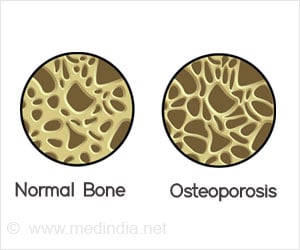Grand Valley State University's Jeffrey Potteiger and Maggie McGowan-Stinski set out to determine how body size has changed in football players over the years.

‘The use of anabolic steroids, growth hormones and insulin carry side effects that range from mild to severe.’





This equates to an average 60-pound increase in body mass for offensive and defensive linemen. Potteiger stated that the most common diseases resulting from excess body mass and body fat, especially around the abdominal area, include high blood pressure, diabetes, cardiovascular disease and metabolic syndrome. He noted that the use of growth promoting agents, such as anabolic steroids, growth hormones and insulin carry side effects that range from mild to severe. To help athletes increase their body size in a healthier manner, he recommends the following:
-Strive for lean body mass increases of less than one pound per week;
-Maintain good nutritional intake by eating one to one-and-a-half grams of protein for every two pounds of body mass;
-Eat adequate carbohydrates while avoiding excessive calories;
Advertisement
-Leave plenty of room for rest and recovery.
Advertisement
Source-ANI









